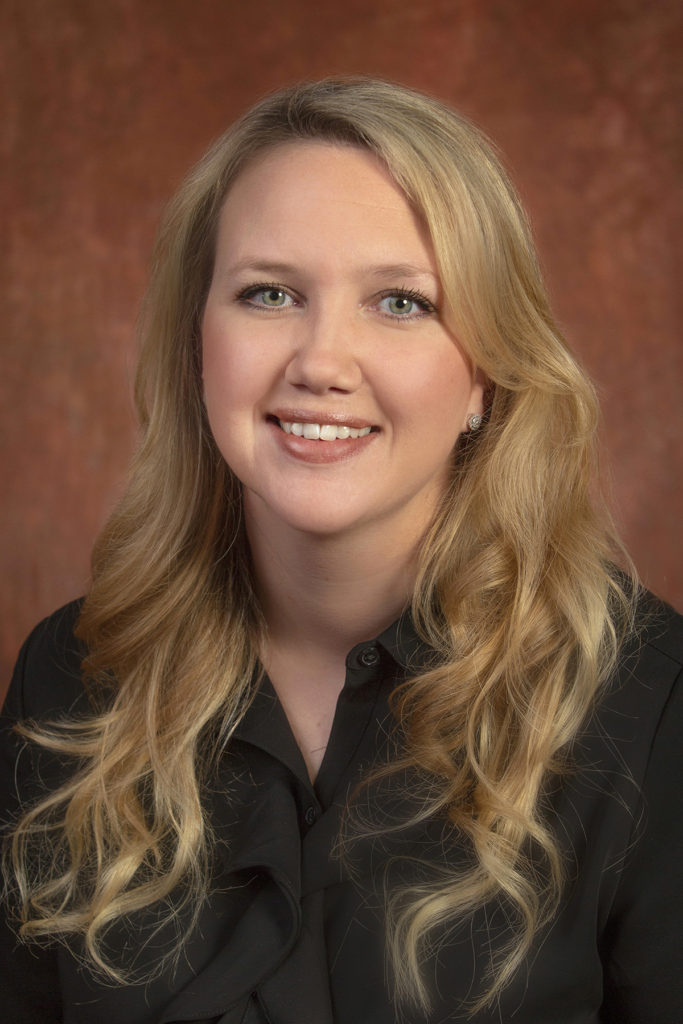Faculty Spotlight: Stephanie Sickler

Stephanie Sickler is an Assistant Professor and Foundations Coordinator in the Department of Interior Architecture and Design. She teaches undergraduate interior design courses in design foundations, materials, and visual merchandising. A primary focus in her classes is exposing design students to rich programming experiences through experiential learning and collaboration with community partners.
IA+D: This year is a big one for you. Between writing and publishing your first book which we mentioned in a previous article, to earning a $5000 grant and starting MOTL, the Materials and Objects Testing Lab, you’ve had quite a whirlwind of academic successes.
With all this in mind, CONGRATULATIONS on winning the 2019 Irene Winifred Eno Grant! Earning one of the ASID Foundation Scholarships is a huge accomplishment. Can you tell us a little bit about how this grant has impacted your process?
Sickler: Thank you! Hellen Turner, a colleague at the University of Kentucky, and I were excited and honored to win this award. She and I both teach our department materials courses and realized there was a significant need for design programs to access specific materials. While we have an excellent resource room at our disposal, not everyone is so lucky.
In addition to rethinking the way materials are accessed, this proposal intends to rethink the way materials could be taught to interior design students through an experiential model. This grant allows us to dive into the research development and prototyping of our Materials Box Program. Similar to a subscription service, those who buy into the program receive a series of shipments, each with a particular focus, i.e. wall coverings, textiles, flooring materials, etc. With the grant, we are able to discover what is most beneficial to design programs and connect with leading industry manufacturers to source the desired materials.
IA+D: This year is the first our program has enabled students to test the materials they will later specify in practice. What is your vision for MOTL this year and going forward?
Sickler: My goal for MOTL is to create a fully functioning lab in which students can learn the successes and failures of product performance. Our department only has one materials course; MOTL empowers students with a more meaningful approach to the understanding, use, and application of materials. In the future, I’d love to have a full lab that allows the testing of durability, cleanability, and environmental impact (such as detecting off-gassing), among other product concerns. This would help to address the lack of understanding of product characteristics and enable students to avoid costly mistakes once they enter practice. This fall is the inaugural semester of MOTL and vendors are already excited to hear feedback from the students’ performance evaluations. These invaluable partnerships strengthen the bond between education and practice and set the whole design community up for a brighter, more capable future.
IA+D: To conclude our time together, can you share some of your wisdom with our students?
Sickler: Students can set themselves up for success by forming relationships with designers and manufacturers in the industry. Take advantage -early and often- of educational and networking opportunities the department offers because the tools at your disposal in practice are not just markers and software, they are the products you specify and the community you foster.